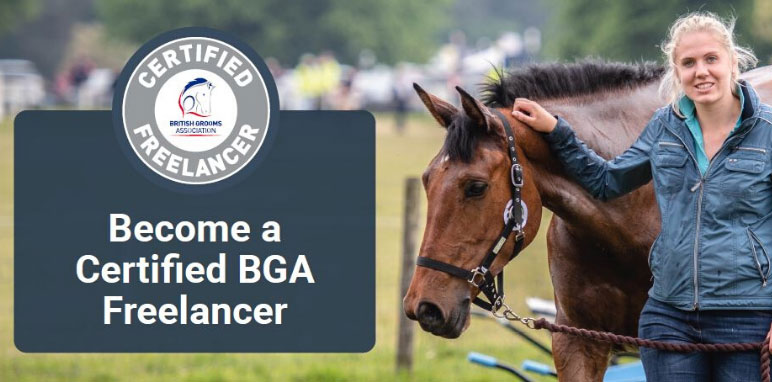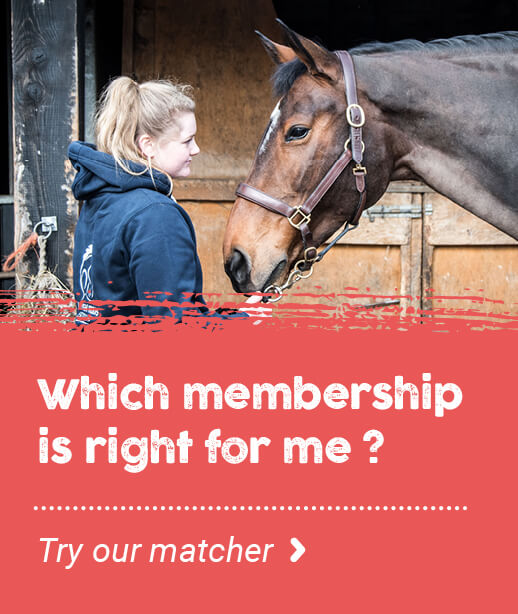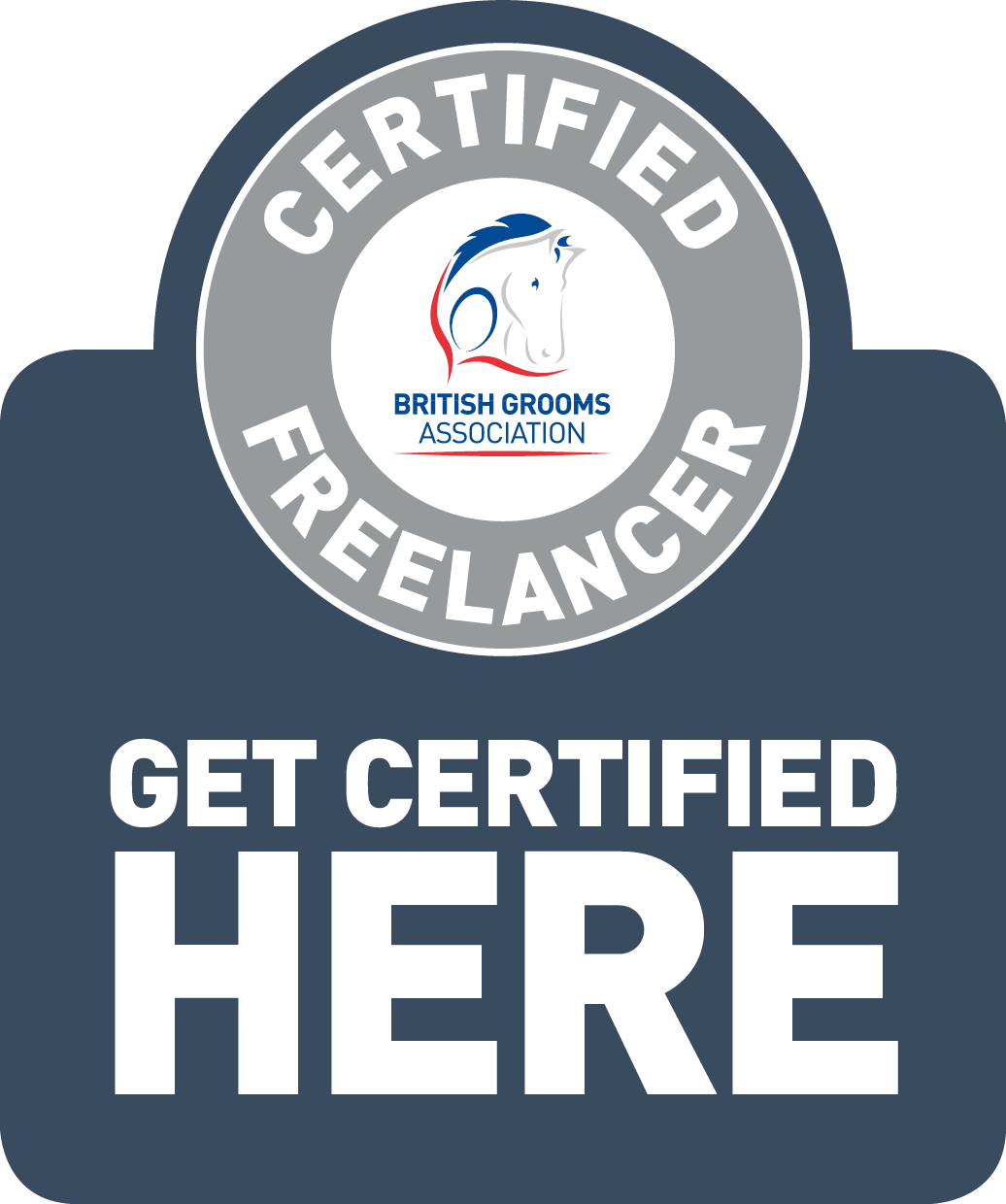- Join Now
- Login
- Member Zone
- Your Career
- Freelancing
- International Grooms Association
- BGA Training
- Healthy Yard Healthy Horses
- Transporting horses
- Brexit
- Safe workplace
- Student Zone
- Member Discounts
- BG Magazine
- Member services
- My employment
- Am I employed correctly
- Grooms Minds
- Safeguarding
- Legal Helpline
- BGA guide to the National Minimum Wage
- Training & Careers
- BGA CV Creator
- Horse groom training
- Where to Train
- BGA E Learning
- Career choices
- Change to Racing
- First Aid training for grooms
- Parents
- Grooms Jobs
- Grooms Life
- About
- News
- Contact


Would you know what to do if someone at your yard was unresponsive and not breathing? The statistical likelihood is that they have suffered a Cardiac Arrest, i.e. their heart has stopped. We asked BGA sponsor, Medi-K Training to tell explain how to carryout CPR (Cardiopulmonary Resuscitation), and use a defibrillator. “Every minute without CPR and defibrillation reduces the chances of survival so swift and confident action is crucial. Performing CPR and using a defibrillator can more than double the chances of survival. Defibrillators or AED’s (Automated External Defibrillator), are very easy to use. Once turned on, they talk you through the steps required. Some important things to note: Shouting for help, getting someone else to go and get the defibrillator and call 999 really helps as you can start CPR straight away. Knowing where your nearest defibrillator is located will greatly improve their chances of survival. Get to know your local defibrillator locations – before you need them. Share the workload of giving CPR as it can be very physically tiring. It is an easy technique to show someone. If someone helps you, give them tips on their technique and lots of thanks and praise for stepping in to help. Get confident – get trained!” Thanks to Ann of Medi-K Training for sharing this useful information with us. Even if you have had some form of first aid training in the past, if an accident or incident occurred at your yard would you be able to apply the skills you previously learnt? Whether you are new to first aid or looking to brush up on your knowledge, first aid training is essential for anyone who works with horses. Medi-K run Equestrian specific first aid courses throughout the UK, including privately organised workshops. The Medi-K trainers are horse riders and owners themselves enabling them to provide equine specific, practical guidance. Find out more about Medi-K’s range of courses; firstaidtrainingcooperative.co.uk/equestrian Did you know BGA members have access to a bespoke online first aid course? This 'First Aid Essentials' e-learning course is FREE for BGA members, log into your account and find the course within the 'Training and careers' section. If you get injured and you are unable to work your income is likely to be reduced, or disappear completely if you are a freelancer. Protecting yourself is important, trust us, we hear about accidents all the time. Find out more about our groom specific insurance policies and how we can help to protect you. Join 1000’s of other grooms and belong to your professional association. Would you know what to do?
9th September 2024

How to do CPR, step-by-step:
Assess for danger – When you come across a casualty, stop and assess for danger. Do not put yourself at risk. Remove or minimise the danger e.g. traffic, horses, etc
Are they alert? – Call out to them, squeeze their shoulders.
If there is no response - shout for help!
Count out loud 1-30 at a rate of about 2 per second. (or think of the rhythm of the Bee Gees song ‘Ah Ah Ah Ah Stayin Alive, Stayin Alive…’ or ‘Nellie the Elephant’ as a guide to the rate of compressions. Don’t sing these out loud though!)
After 30 compressions, do 2 rescue breaths into their mouth, using a face shield if available. Look down to their chest after each breath to see if their chest is rising.
NOW PHONE 999/112 and tell them your location and that you have an unresponsive, non-breathing casualty and that you’re going to start CPR. The switchboard may tell you where the nearest defibrillator is.
Starting CPR:
Interlock your fingers, one hand above the other. Using the heel of your hand, place your hands in the centre of the casualty’s chest.
Keep your arms straight and your shoulders in line above your hands.
Do 30 chest compressions, 5-6 centimetres deep into the chest.
Count out loud 1-30 at a rate of about 2 per second. (or think of the rhythm of the Bee Gees song ‘Ah Ah Ah Ah Stayin Alive, Stayin Alive…’ or ‘Nellie the Elephant’ as a guide to the rate of compressions. Don’t sing these out loud though!)
After 30 compressions, do 2 rescue breaths into their mouth, using a face shield if available. Look down to their chest after each breath to see if their chest is rising.
Then return to do 30 more chest compressions.
Continue doing 30 chest compressions followed by 2 rescue breaths until the AED arrives……..
How to use a defibrillator, step-by-step:
When the AED is being set up by someone else, DO NOT stop doing CPR.
Once you turn the defibrillator on, it talks to you and takes your through step by step;
Place the sticky pads on the casualty’s top right side of the chest and lower left side of the rib cage areas – as per the pictures on the pads.
Plug in the pad connectors to the battery if not already attached.
The defibrillator will then say “Analysing heart rhythm – do not touch the patient“. Stop doing CPR at this point.
After analysing, it may say “Shock advised…… Charging………..Stay clear of patient……Do not touch the patient…..Deliver shock now…press the orange button now.” Press the orange button with the electrical symbol on it.
After shock is applied, it will usually say “Begin CPR” and will emit a bleeping sound as a guide to the correct rate for chest compressions.
Every 2 minutes the defibrillator will go through this sequence again to re-analyse the heart rhythm.
Keep doing CPR at a rate of 30 chest compressions to 2 rescue breaths AND follow the instructions from the defibrillator until the ambulance arrives and the paramedics tell you to stop.
NEED TRAINING?

BOOK A COURSE
E-LEARNING
INSURANCE
Are you insured?
BLOG ARCHIVE
- 2025 (8 ENTRIES)
- 2024 (52 ENTRIES)
- 2023 (62 ENTRIES)
- 2022 (35 ENTRIES)
- 2021 (24 ENTRIES)
- 2020 (19 ENTRIES)
- 2019 (45 ENTRIES)
- 2018 (36 ENTRIES)
- 2017 (7 ENTRIES)
What the personal accident policy covers you for:
- Whilst at work
- All stable duties – mucking out, grooming, washing off, turning out
- Clipping
- Riding – including hacking and jumping
- Hunting
- Lunging
- Breaking in
- Holding horse for a vet and other procedures
- Travelling horses both in the UK and abroad
- Competing in line with your job including: jumping, dressage, eventing
- Injuries that may happen to you whilst you are teaching - but you must also be grooming as part of your duties and not be a sole instructor
What the personal accident policy doesn’t cover you for:
- Riding in a race, point to point or team chase
- Stunt Riding
- Accidents occurring whilst travelling to and from work
- Riding and competing your own horse (but you can upgrade when applying for membership to include this)
- Public Liability – this is a separate insurance policy - the Freelance Groom Liability Insurance
- Care Custody and Control – this is a separate policy - the Freelance Groom Liability Insurance
If you require additional cover then please contact KBIS directly.
| GROOM | RIDER | EMPLOYER | |
|
When you are working for other people you do most of the following; muck out, turn out/catch in, tack up, groom horses, exercise Horses (including hacking, jumping and schooling), in the care of your employer/client. |
|
|
|
| Predominantly ride horses for other people including schooling, exercising and competing. | NO |
YES |
YES |
| Provide grooming services for someone else either full time or on a freelance basis i.e. an employer or a client. | YES |
NO |
NO |
| Employ staff – have an employers liability policy in your name | NO | NO | YES |
| Buy and sell horses | NO | YES | YES |






















